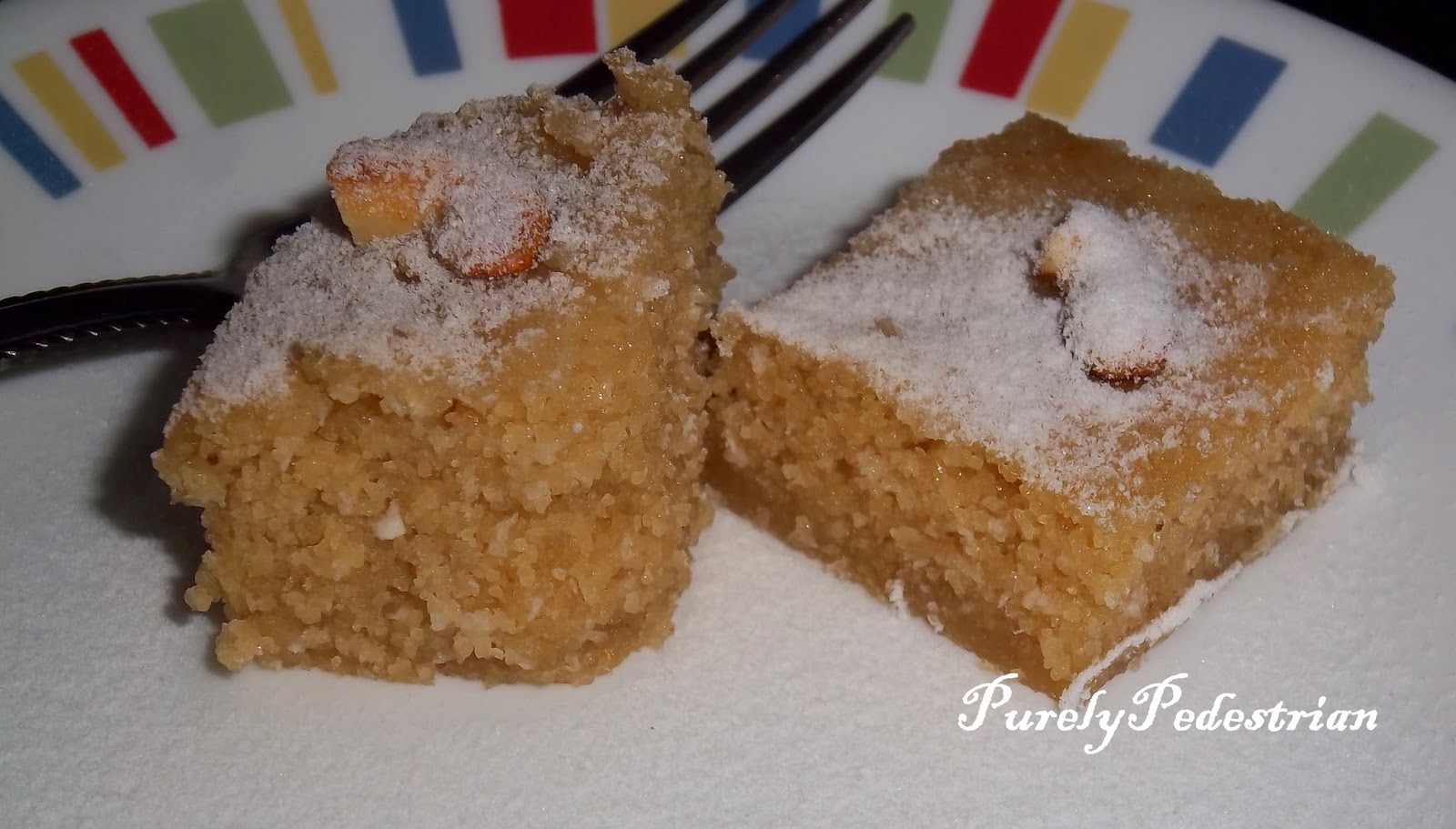This recipe for chakli made from maida is from my mother in law. Her chakli always turned out nice and crispy and my husband and I always enjoyed munching it. I was surprised when she gave me the recipe since it was super easy without any of the hassles of grinding it in the mill, etc. You can pick the flours available in any store and start with the making of it.
At my in laws place, my mother in law made this chakli and shakkarpare and then my father in law made the rawa ladoos. The making of the rawa ladoo was like an event. He wanted the kitchen to himself and wanted my mother in law to clear out after keeping the containers of all the containers out. In fact, many a times he made the rawa ladoo when my mother in law went to the temple leaving him to do as he wanted. And then started the measurement, the roasting, the sauteing and finally mixing and making the laddoo itself. My husband really loves the rawa ladoo but I never learned to make it from my father in law and till date, we buy rawa laddoo at home. May be one day, I will try a recipe and surprise my husband, (hopefully) pleasantly.
Back to my chakli.
Ingredients
Maida - 1 cup
Red chilli pwd - 1 tsp
White Sesame seeds - 1.5 tbsp
Cumin seeds - 1 tsp
Salt as per taste
Water for making dough
Oil for frying
Take a dry muslin cloth, spread it out open and put the maida in the center. Bring together all the ends and tie it up into a potli. Leave a little space within so the flour is not bound too tight. Put this potli in a steamer stand making sure the potli does not get wet. Steam for 15 minutes on medium heat. Take the maida potli out on to a plate with the help of tongs. You will see that the maida has clumped up, without opening the potli crush these clumps with the back of the mortar or sil (from the sil - batta) when hot. Then sieve this into a bowl. Add salt, red chilli powder, sesame seeds and cumin seeds and mix with your fingers. Knead this flour into dough by adding water little by little. Keep the ball of dough covered.
Fill the chakli mould with a ball dough and press into either coils or straight pieces. Heat oil on high and when hot reduce the heat and slowly slide the chakli pieces into the oil. The pieces should be submerged in oil and should have space to be turned over. Fry till light golden. Scoop the chaklis onto paper towels to absorb the excess oil and when cool store in an airtight container.
A small variation in the flour mix also makes a great chakli.
Variation
Maida - 3/4 cup
Besan - 1/8 cup
Wheat flour - 1/8 cup
Mix all the flours and then tie into the potli and steam. Follow the recipe as given above.
Chakli made by: (l to r) my mom, me and my mother-in-law
This recipe for Chirote / Khaja is going to these events :
- "Diwali Special" hosted by gayathriscookspot.
&
- "Diwali Bash 2013" hosted by cooksjoy.
- "Diwali Delicacies Event" jointly hosted by priyaeasyntastyrecipes & spicytreats
- "Spotlight: Festival Treats" hosted by cuisinedelights

















































